Chand Bibi hunting on horseback with a falcon, the reverse with calligraphy probably copied at the Bijapuri court Deccan, 18th Centurygouache and gold on paper, faint nasta'liq inscription Chand Bibi Sultan on painted surface, laid down on an album page with gold-decorated borders; verso, a calligraphic page, Deccan, perhaps at the Bijapur court, late 16th/early 17th Century with three couplets of poetry in Urdu written in nasta'liq script interspersed with illuminated panels in colours and gold painting 220 x 117 mm.; calligraphic page 160 x 65 mm.; album page 380 x 263 mm.FootnotesProvenance Private collection, London. Chand Bibi, the legendary Deccani figure typically portrayed hunting on horseback, was the daughter of Sultan Husain Nizam Shah of Ahmadnagar, was married to Sultan 'Ali Shah of Bijapur and after the assassination of her husband, guided and acted as a regent to Ibrahim 'Adil Shah, the heir to the throne who was at the time only nine years old. She later became the ruler in Ahmadnagar and defended the city from Mughal attack in 1600. For other 18th Century Deccani examples, see four examples in the British Museum; and also Sotheby's, Arts of the Islamic World, 6th April 2011, lot 248; 24th October 2018, lot 82. The calligraphy verso consists of couplets from the Kitab-e Nawras, songs composed in Dakhni Urdu by Sultan Ibrahim 'Adil Shah II of Bijapur (reg. 1579-1627). Zebrowski writes that the text 'offers a glimpse of his character and the synthesis which he had brought about between Hinduism and Islam [...] In highly Sanskritic language, he sings of his reverence for Hindu deities, the ragamala, the heartbreak of separation when he is forced to leave, even for a short time, Atash Khan, his favourite elephant, and his guitar (tambur) called Moti Khan, which he loves to play again and again'. It is possible therefore that this royal composition was here copied by a calligrapher at the court of Bijapur. See M. Zebrowski, Deccani Painting, London 1983, p. 68 and 70, and for Sultan Ibrahim 'Adil Shah II as patron of the arts in general, ch. 4, pp. 67-121.
Chand Bibi hunting on horseback with a falcon, the reverse with calligraphy probably copied at the Bijapuri court Deccan, 18th Centurygouache and gold on paper, faint nasta'liq inscription Chand Bibi Sultan on painted surface, laid down on an album page with gold-decorated borders; verso, a calligraphic page, Deccan, perhaps at the Bijapur court, late 16th/early 17th Century with three couplets of poetry in Urdu written in nasta'liq script interspersed with illuminated panels in colours and gold painting 220 x 117 mm.; calligraphic page 160 x 65 mm.; album page 380 x 263 mm.FootnotesProvenance Private collection, London. Chand Bibi, the legendary Deccani figure typically portrayed hunting on horseback, was the daughter of Sultan Husain Nizam Shah of Ahmadnagar, was married to Sultan 'Ali Shah of Bijapur and after the assassination of her husband, guided and acted as a regent to Ibrahim 'Adil Shah, the heir to the throne who was at the time only nine years old. She later became the ruler in Ahmadnagar and defended the city from Mughal attack in 1600. For other 18th Century Deccani examples, see four examples in the British Museum; and also Sotheby's, Arts of the Islamic World, 6th April 2011, lot 248; 24th October 2018, lot 82. The calligraphy verso consists of couplets from the Kitab-e Nawras, songs composed in Dakhni Urdu by Sultan Ibrahim 'Adil Shah II of Bijapur (reg. 1579-1627). Zebrowski writes that the text 'offers a glimpse of his character and the synthesis which he had brought about between Hinduism and Islam [...] In highly Sanskritic language, he sings of his reverence for Hindu deities, the ragamala, the heartbreak of separation when he is forced to leave, even for a short time, Atash Khan, his favourite elephant, and his guitar (tambur) called Moti Khan, which he loves to play again and again'. It is possible therefore that this royal composition was here copied by a calligrapher at the court of Bijapur. See M. Zebrowski, Deccani Painting, London 1983, p. 68 and 70, and for Sultan Ibrahim 'Adil Shah II as patron of the arts in general, ch. 4, pp. 67-121.
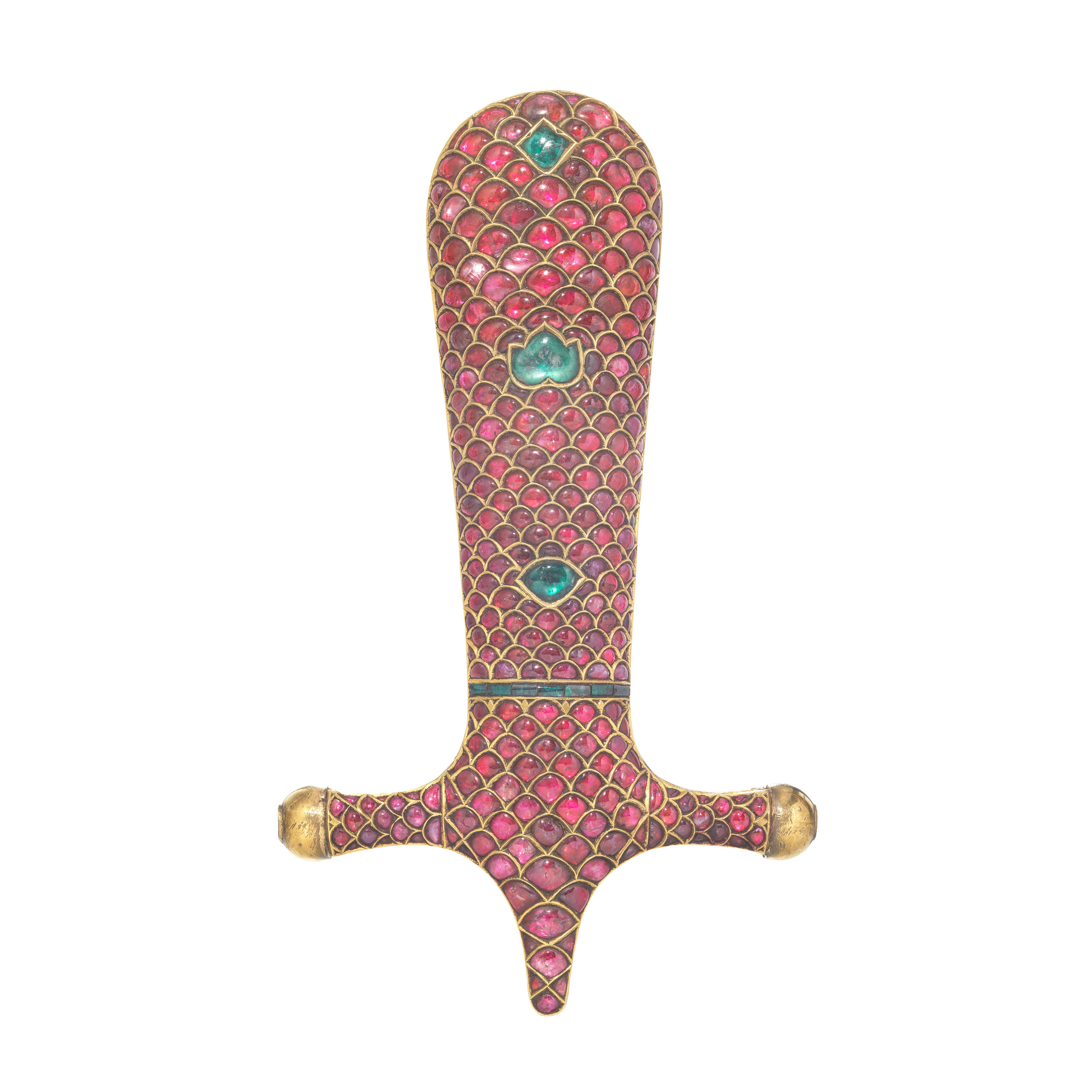
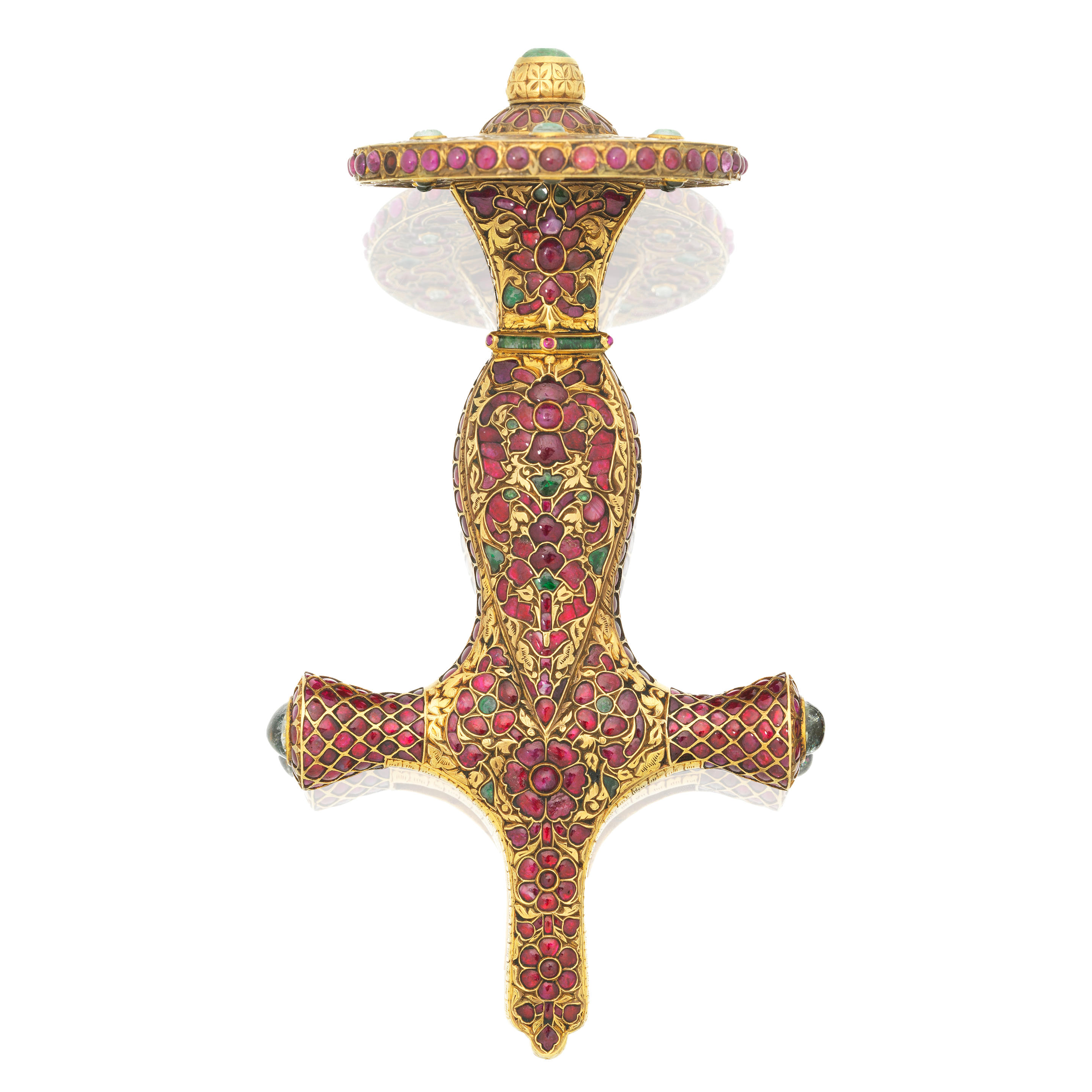
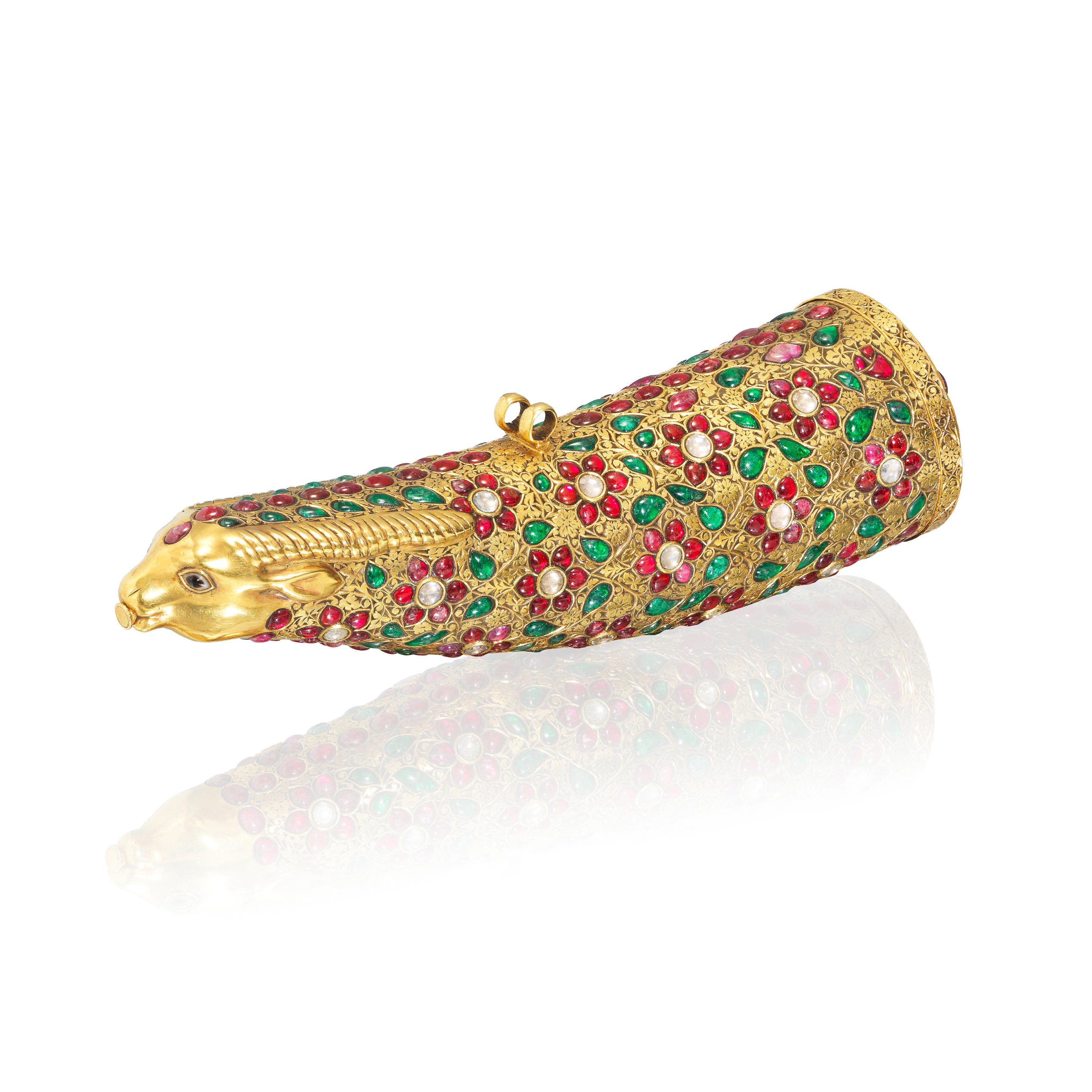
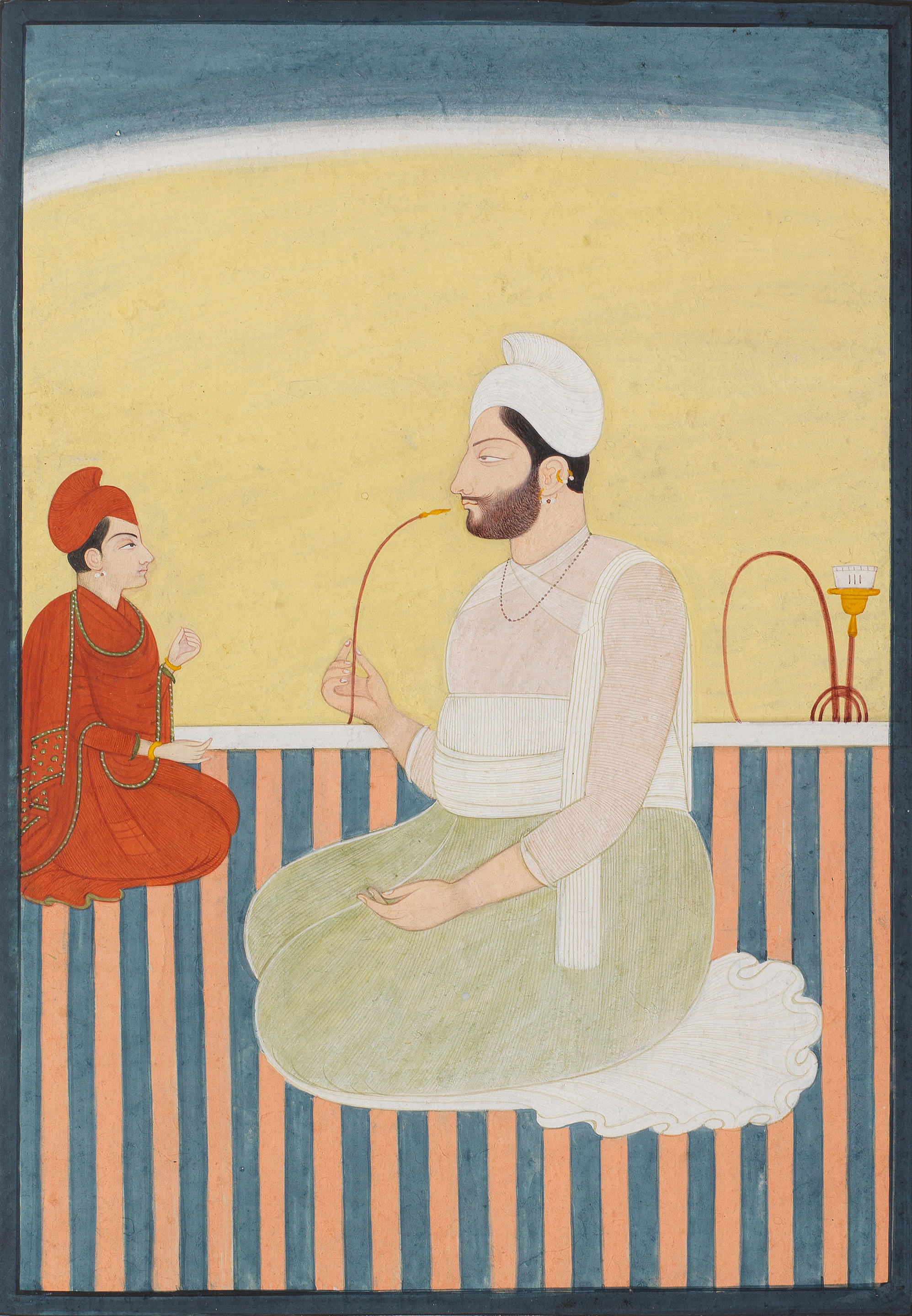
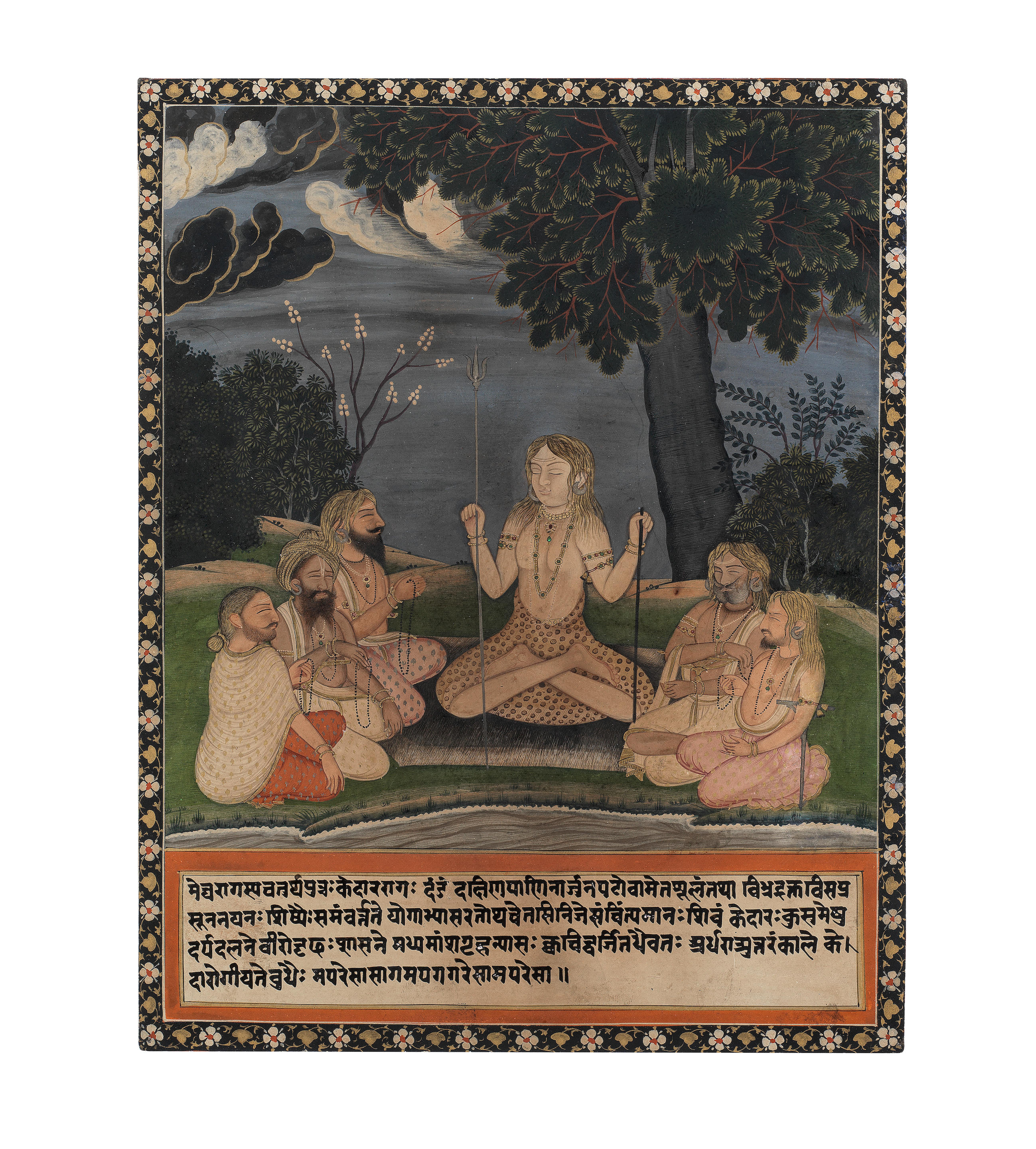

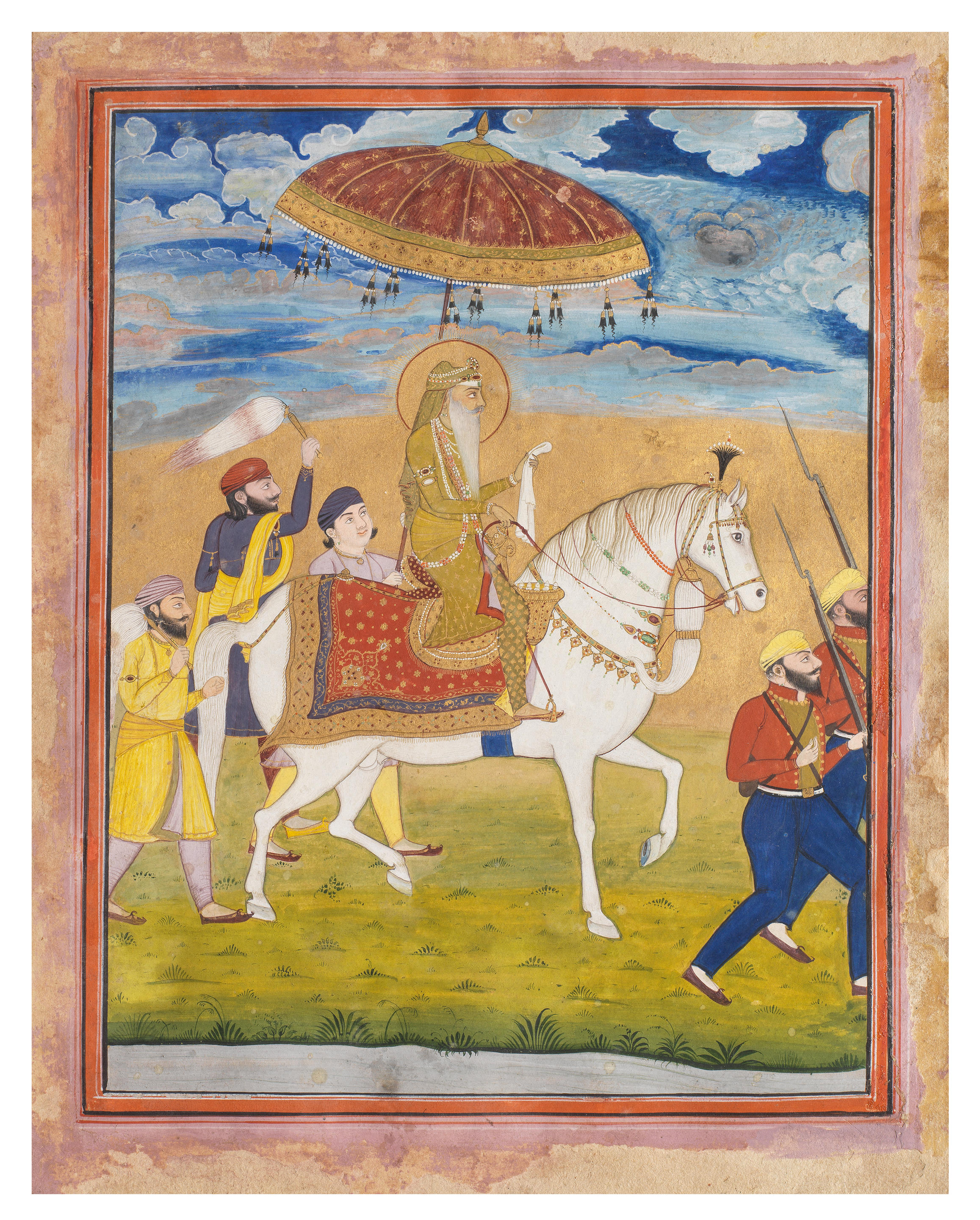
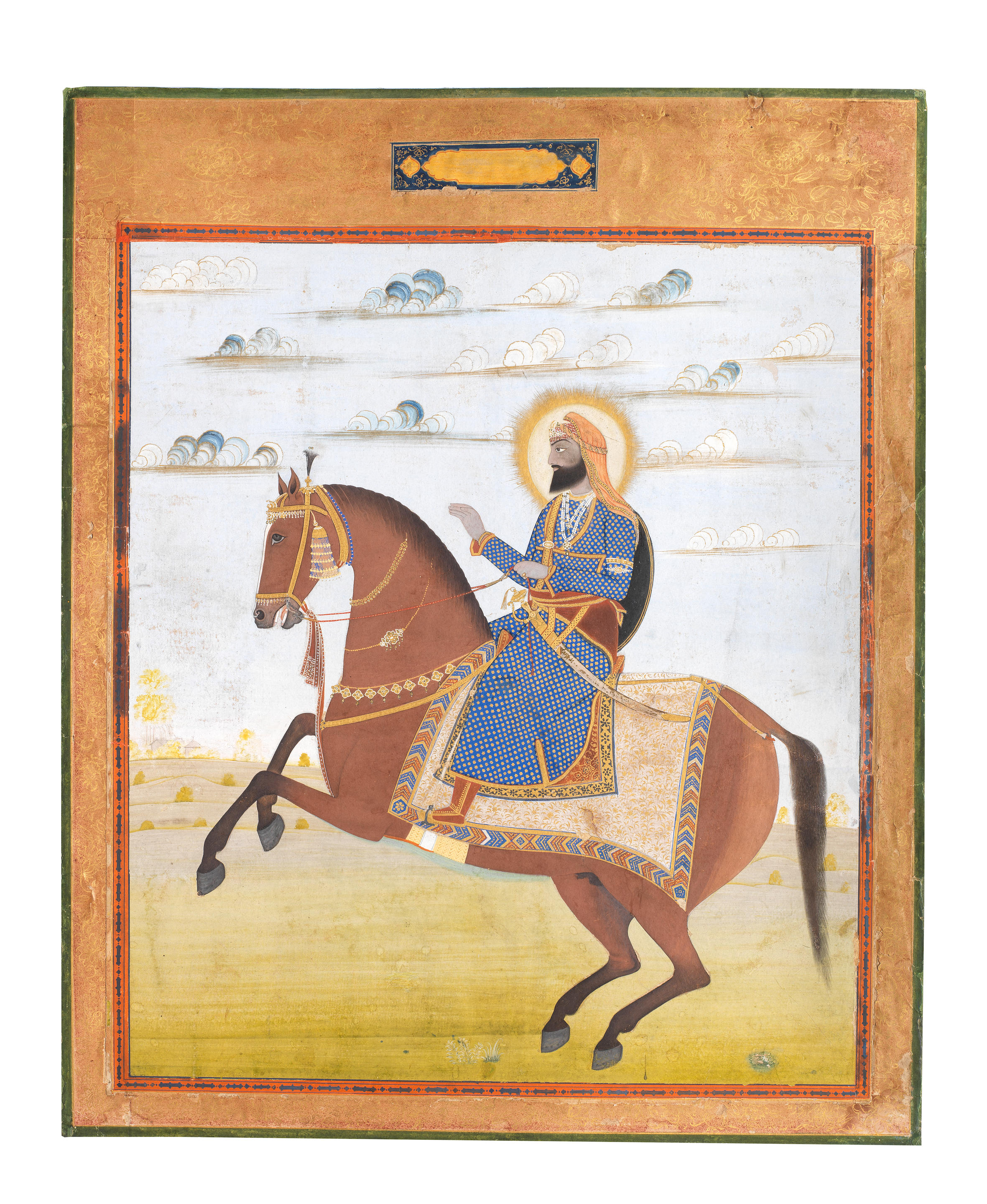
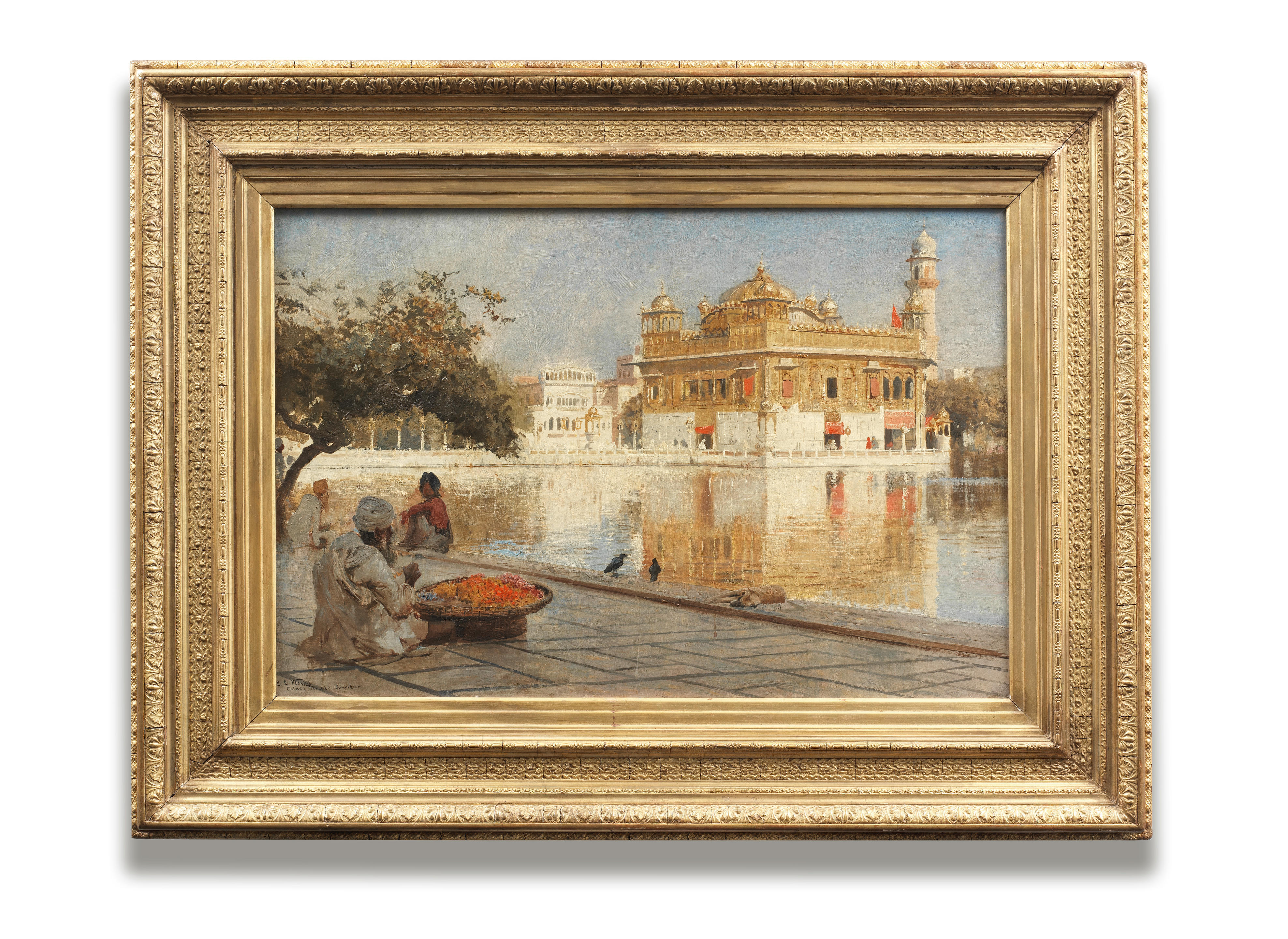
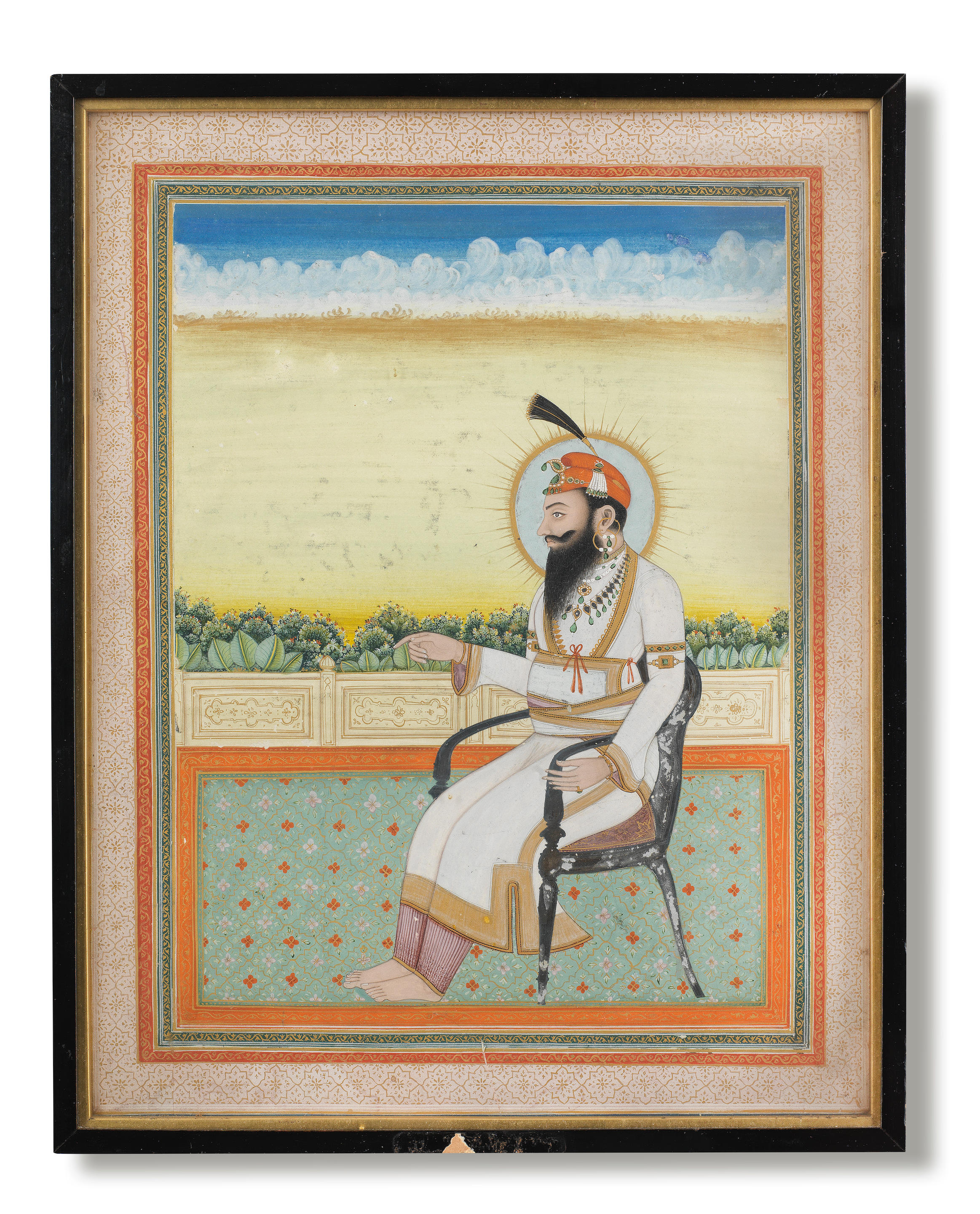
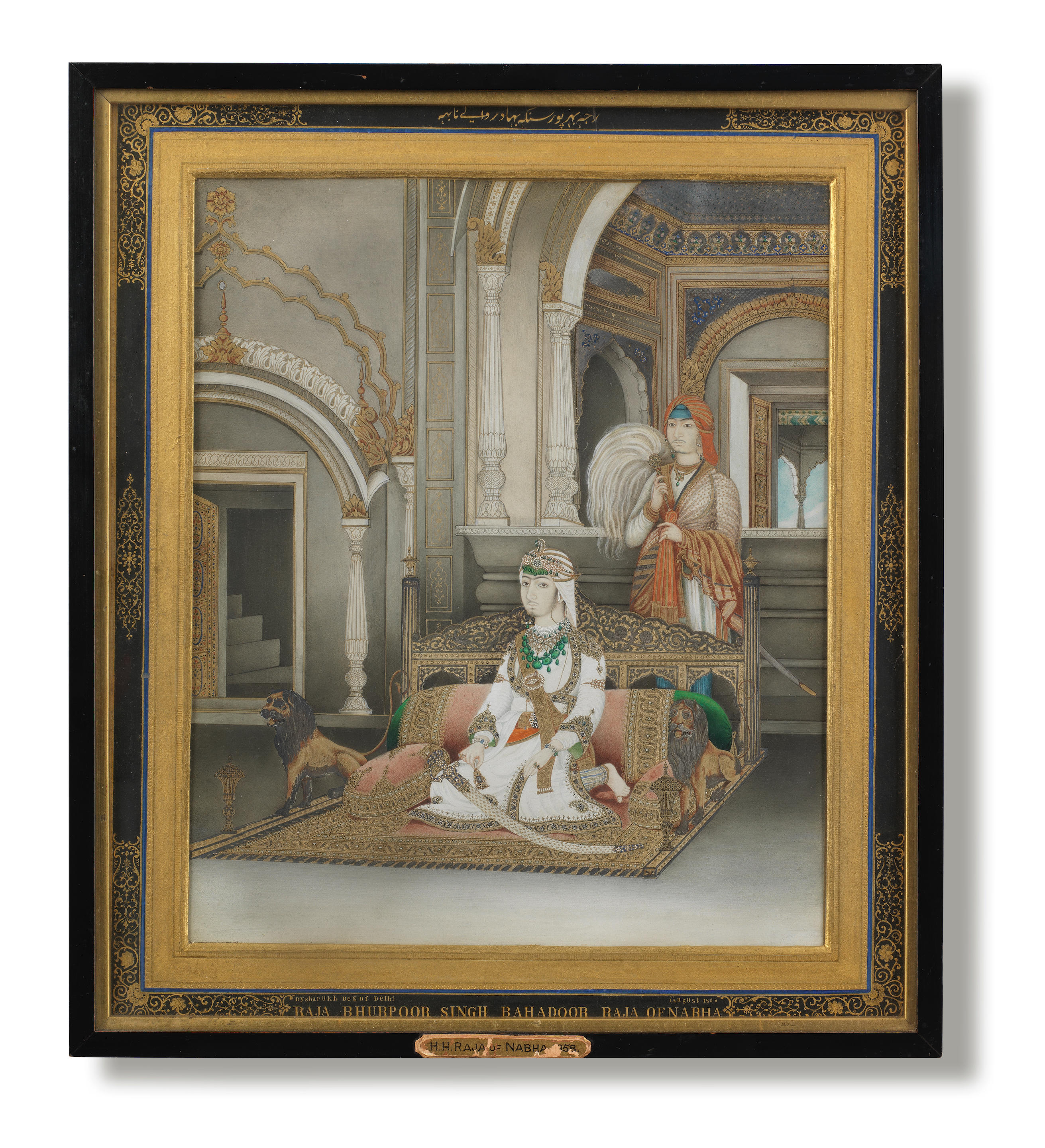
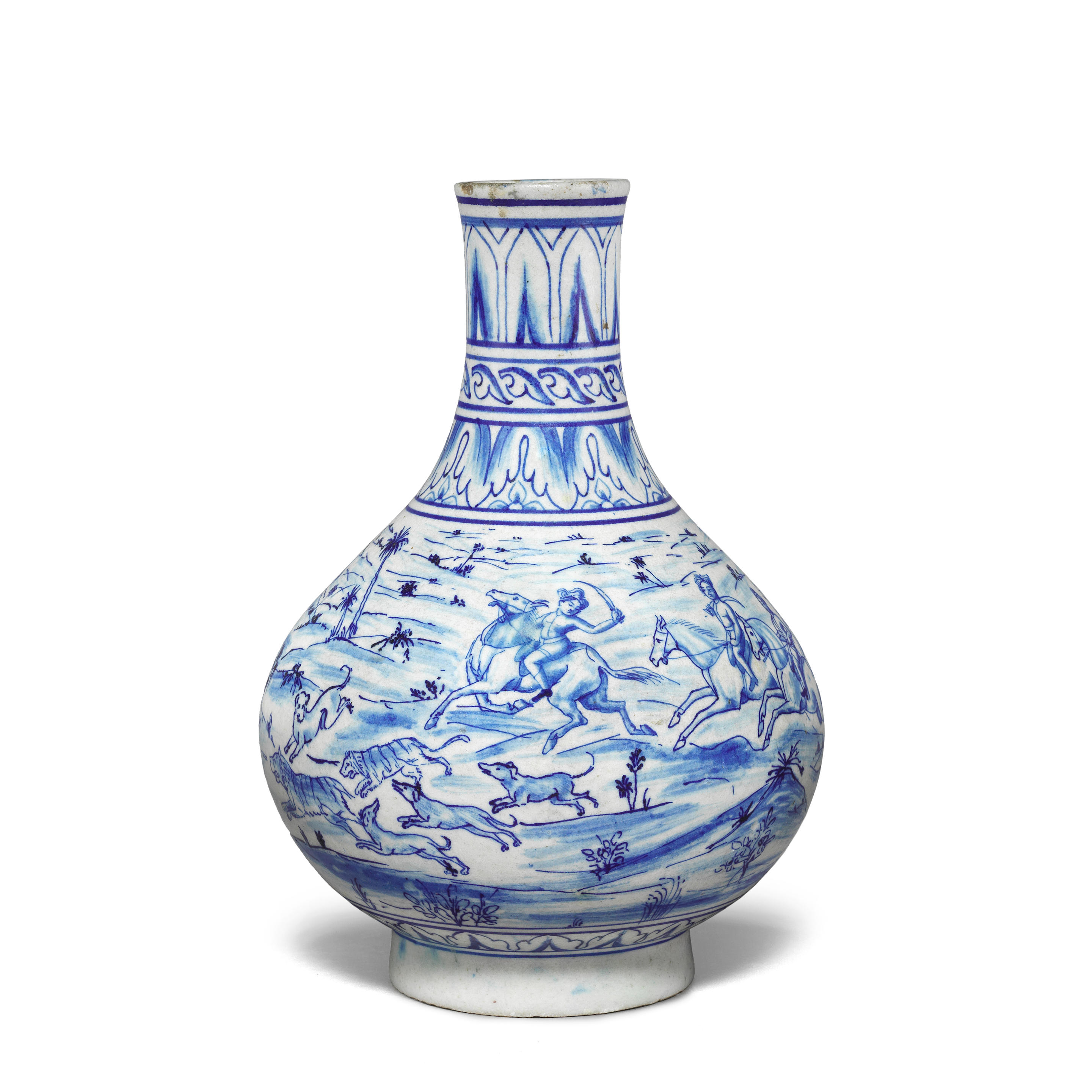
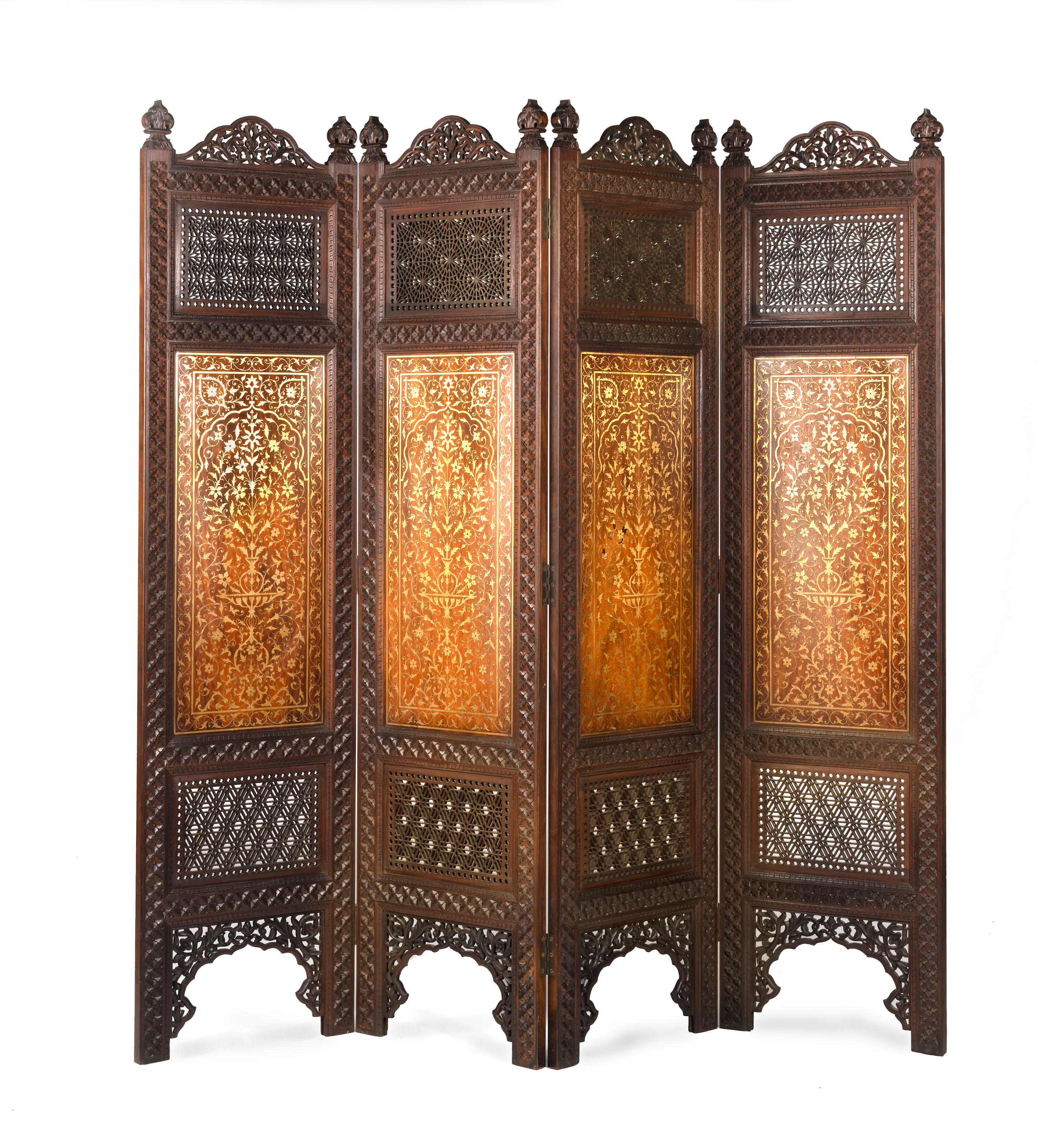
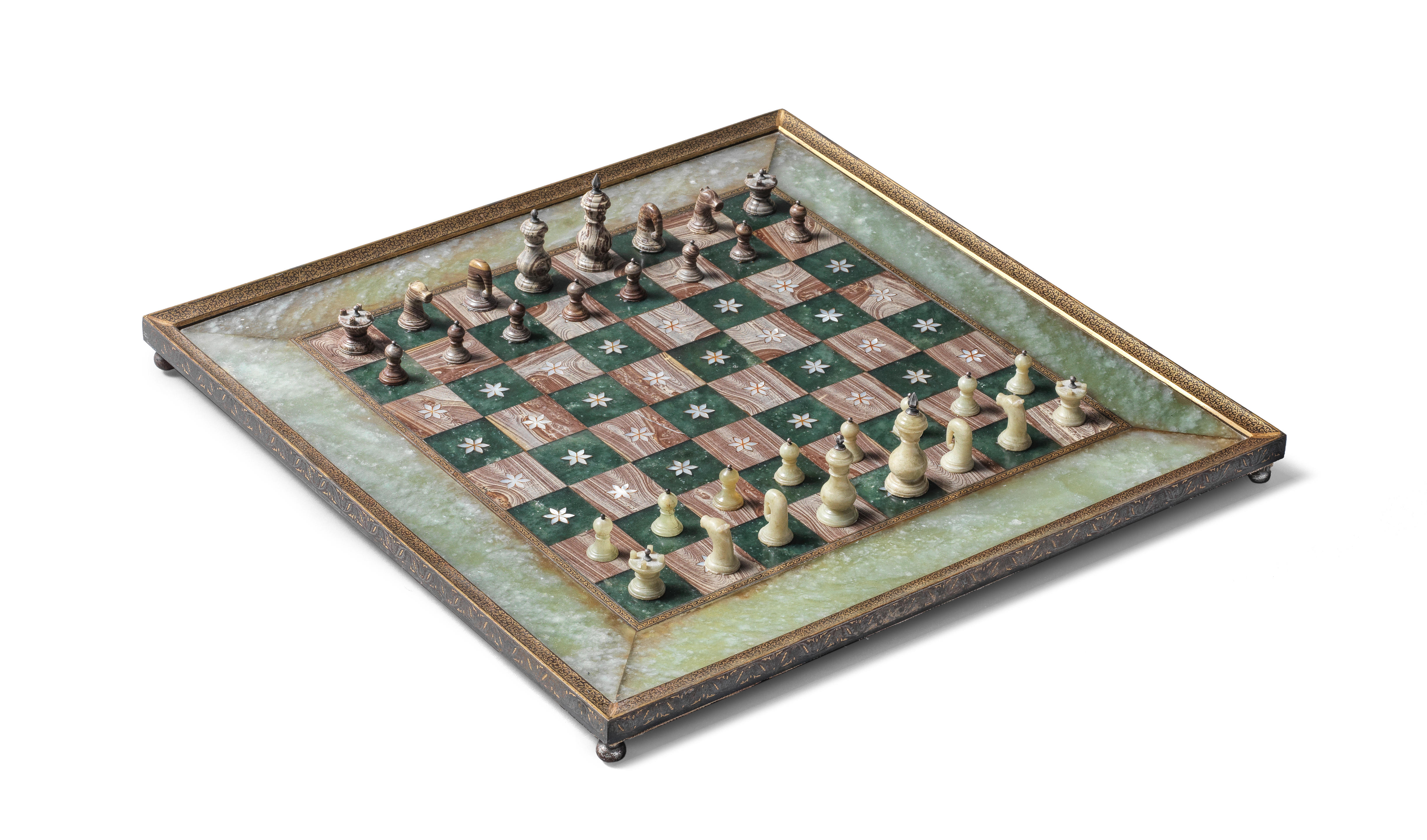
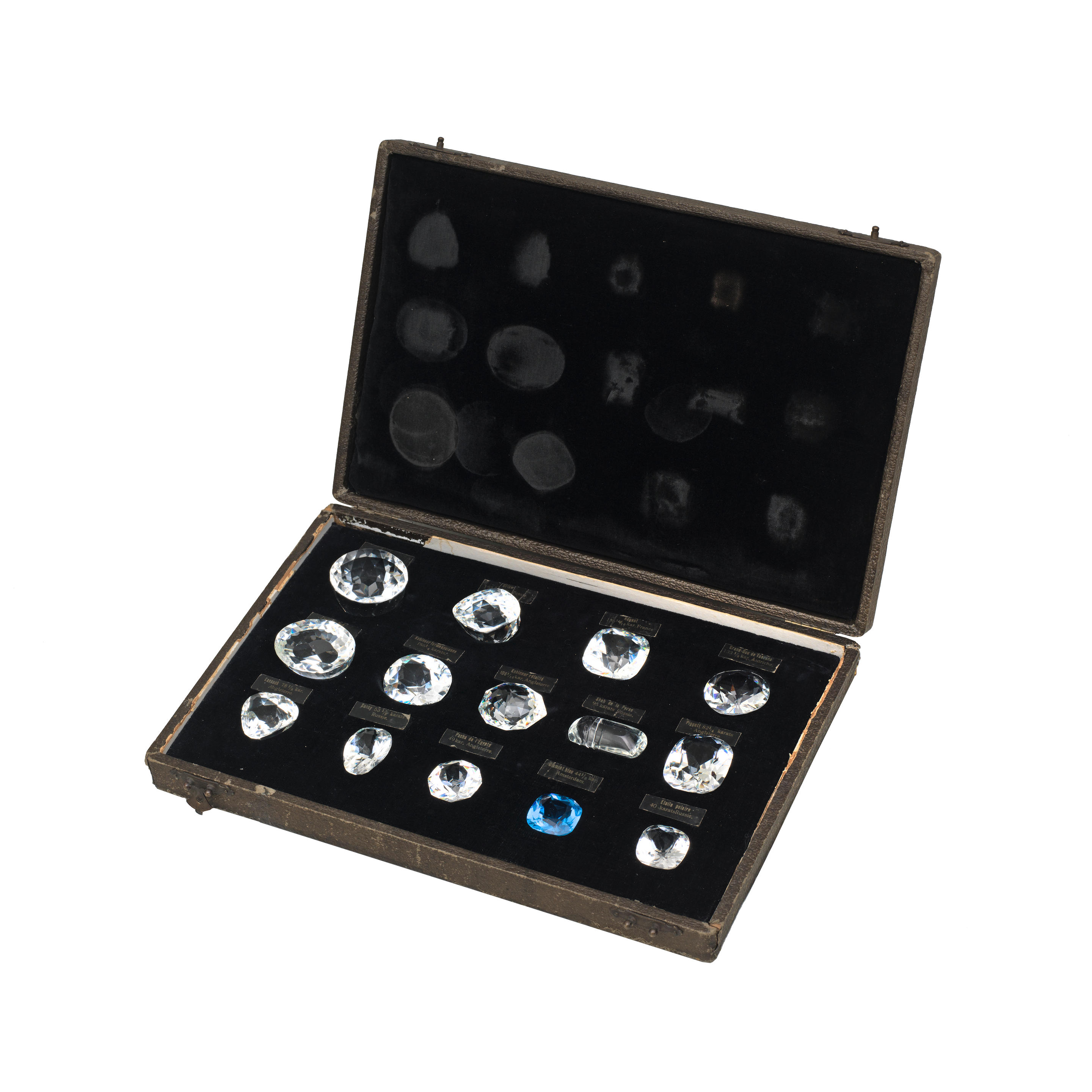
Try LotSearch and its premium features for 7 days - without any costs!
Be notified automatically about new items in upcoming auctions.
Create an alert